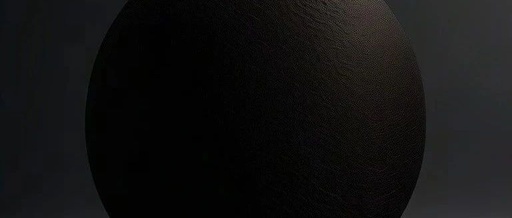Section One: The Eight Extraordinary Meridians
The Eight Extraordinary Meridians refer to the Ren Mai (Ren Meridian), Du Mai (Du Meridian), Chong Mai (Chong Meridian), Dai Mai (Dai Meridian), Yin Qiao Mai (Yin Heel Meridian), Yang Qiao Mai (Yang Heel Meridian), Yin Wei Mai (Yin Linking Meridian), and Yang Wei Mai (Yang Linking Meridian).
The Eight Extraordinary Meridians differ from the Twelve Regular Meridians, as they do not directly correspond to the organs and do not have a paired relationship with them; they follow separate and unique pathways.
Among the Eight Extraordinary Meridians, the Dai Mai runs horizontally, while the others run vertically.
The Ren Mai and Du Mai have associated acupoints, and together with the Twelve Regular Meridians, they are collectively referred to as the “Fourteen Meridians.”
The Fourteen Meridians each have specific pathways, symptoms, and associated acupoints, forming the main part of the meridian system.
The primary functions of the Eight Extraordinary Meridians are twofold: firstly, they connect the Twelve Regular Meridians, linking those that are close in location and similar in function, thus regulating the qi and blood of the related meridians and coordinating yin and yang. Secondly, they regulate the accumulation and distribution of qi and blood in the Twelve Regular Meridians.
The Ren Mai is known as the “Sea of Yin Meridians,” governing and managing all the yin meridians and is closely related to reproduction.
The Du Mai is referred to as the “Sea of Yang Meridians,” managing all the yang meridians.
The Chong Mai is known as the “Sea of the Twelve Meridians” or “Blood Sea,” regulating the qi and blood of the Twelve Meridians and is closely related to women’s menstruation.
The Ren Mai, Du Mai, and Chong Mai all originate from the lower abdomen, diverging at the perineum, referred to as “One Source, Three Divergences.” The Ren Mai runs along the center of the abdomen and chest, the Du Mai runs along the center of the lower back, and the Chong Mai ascends along the foot Shaoyin Meridian, connecting with the Ren Mai, Du Mai, and the foot Yangming Meridian.
The Dai Mai originates from the lower ribs, encircling the waist, and restraining the vertical meridians.
The Yin Wei Mai originates from the inner side of the lower leg, ascending along the foot Taiyin and Jueyin Meridians, and converges at the throat with the Ren Mai.
The Yang Wei Mai originates from the outer side of the foot, ascending along the foot Shaoyang Meridian, and converges at the back of the neck with the Du Mai.
The Yin and Yang Wei Meridians connect the yin and yang meridians, forming a network.
The Yin Qiao Mai originates from the inner side of the heel, ascending along the inner side of the lower limb, and converges at the inner canthus of the eye with the Yang Qiao Mai.
The Yang Qiao Mai originates from the outer side of the heel, ascending along the outer side of the lower limb, and converges at the inner canthus of the eye with the Yin Qiao Mai.
The Yin and Yang Qiao Meridians are related to the movement of the body and can also regulate the opening and closing of the eyelids, being associated with sleep.
Part Two: The Twelve Divergent Channels
The Twelve Divergent Channels refer to the branches that separate, enter, exit, and converge from the Twelve Regular Meridians, running deep into the body cavities.
The Twelve Divergent Channels mostly branch off (separate) from the Twelve Regular Meridians near the joints of the limbs (elbows and knees), penetrate the trunk to connect with the related organs (enter), superficially emerge to the surface and ascend to the head and neck (exit), with the yang divergent channels converging with their respective regular meridians, and the yin divergent channels converging with the yang meridians that are paired with them (converge).
The Twelve Divergent Channels converge into the six yang meridians, forming the “Six Harmonies.” This further connects the exterior and interior meridians, linking the yin meridians with the head and face.
The Twelve Divergent Channels enhance the connection between the meridians and the organs, expanding the relationships of the meridians and the therapeutic scope of the acupoints through their pathways of separation, entry, exit, and convergence.

